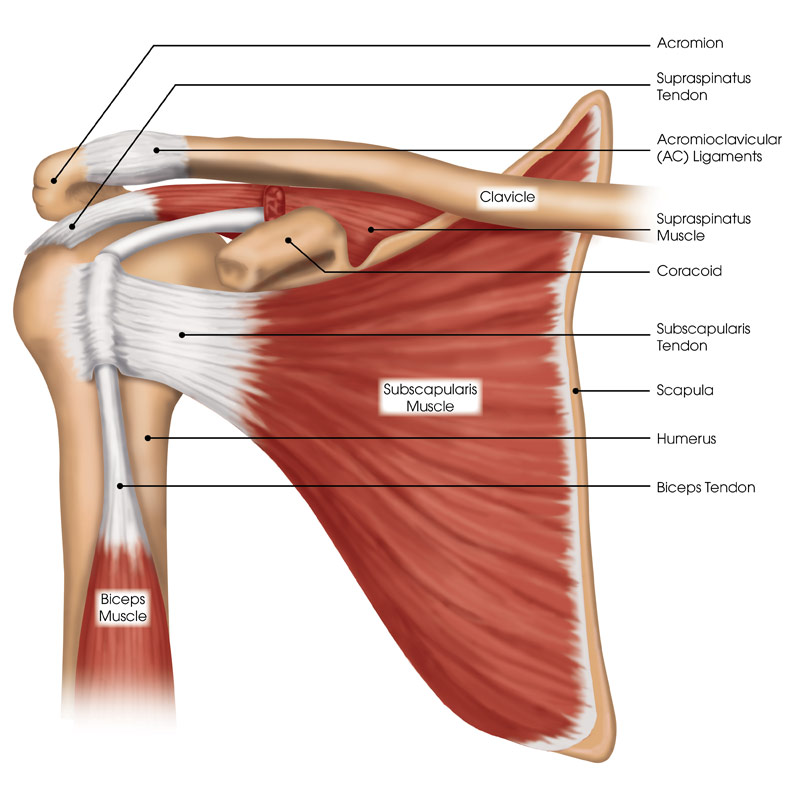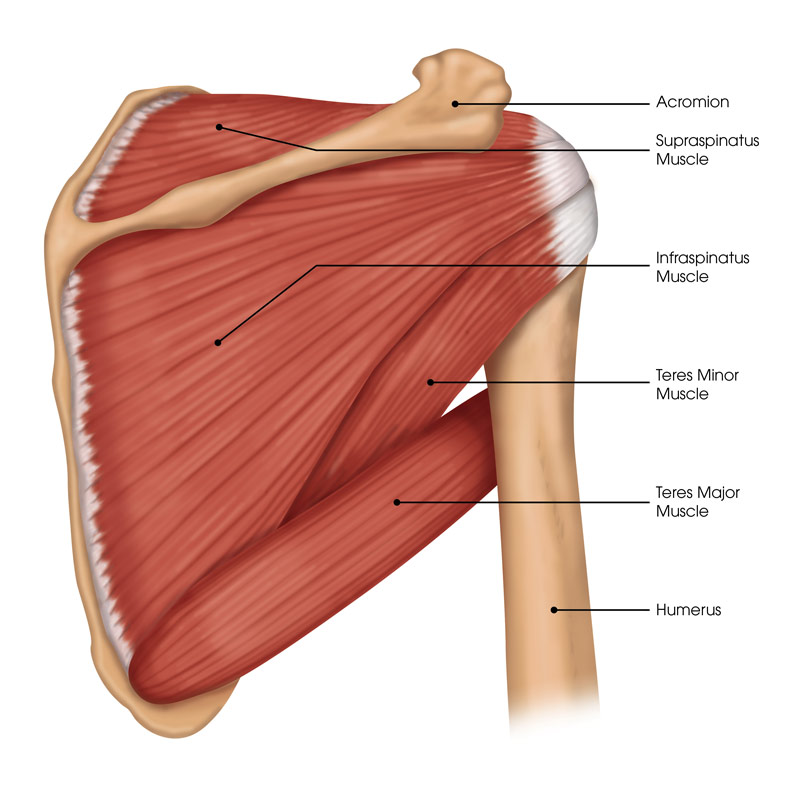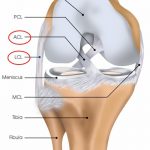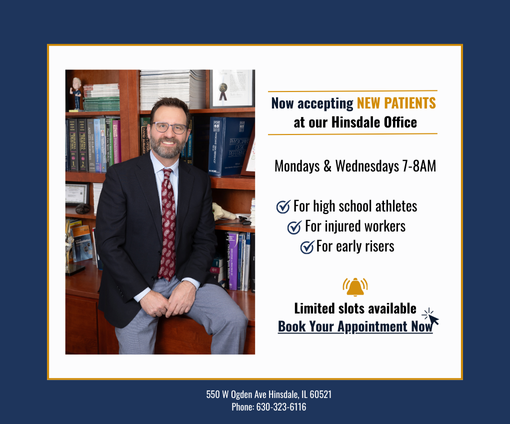Rotator cuff tears become more common as we age
Last season, Kobe Bryant watched his Lakers miss the playoffs for a second year in a row because of his third consecutive season-ending injury. He was throwing down a two handed dunk against the New Orleans Pelicans when he tore his right shoulder rotator cuff. He tried to continue playing, heavily favoring his left hand, but had to exit the game shortly after the injury. Kobe had surgery to repair his rotator cuff on January 28th 2015 and hopefully will make a full recovery.
Rotator cuff injuries occur from “wear and tear,” trauma (injury) or both. Kobe said he has felt some pain in his right shoulder since 2001, so there was some “wear and tear” probably preceding his injury. Kobe has been playing in the NBA for 19 years and despite his injuries, he intends to come back for his 20th season.
The rotator cuff is composed of four muscles in the shoulder (supraspinatus, infraspinatus, subscapularis, and teres minor) and their job is to keep the ball of the shoulder centered in the socket during movement (See Figures 1 and 2). A rotator cuff tear is a very common injury and according to the American Academy of Orthopaedic Surgeons as much as 25 percent of people over the age of 60 may have one.
Frequent signs and symptoms
- Pain along the upper arm between the shoulder and elbow
- Pain that is increased when reaching out and overhead, or when lifting objects
- Aching pain at rest or night while trying to sleep
- Loss of strength
- Limited motion of the shoulder, especially reaching behind
- Crepitation (a cracking sound) when moving
Rotator cuff tears do not heal and generally get larger and more painful as time passes. Therefore, surgery is recommended to repair rotator cuff tears in healthy active individuals. Following surgery, rotator cuff tears require six weeks in a sling without shoulder active range-of-motion and four to six months of post-surgical therapy before they can begin to return to activities. If all things go well, Kobe possesses good potential to rehabilitate his shoulder and achieve his goal of returning next season.
Whether you are an NBA all-star, weekend warrior, or someone who has been suffering from shoulder pain, it is always a good idea to get it checked out sooner rather than later.











